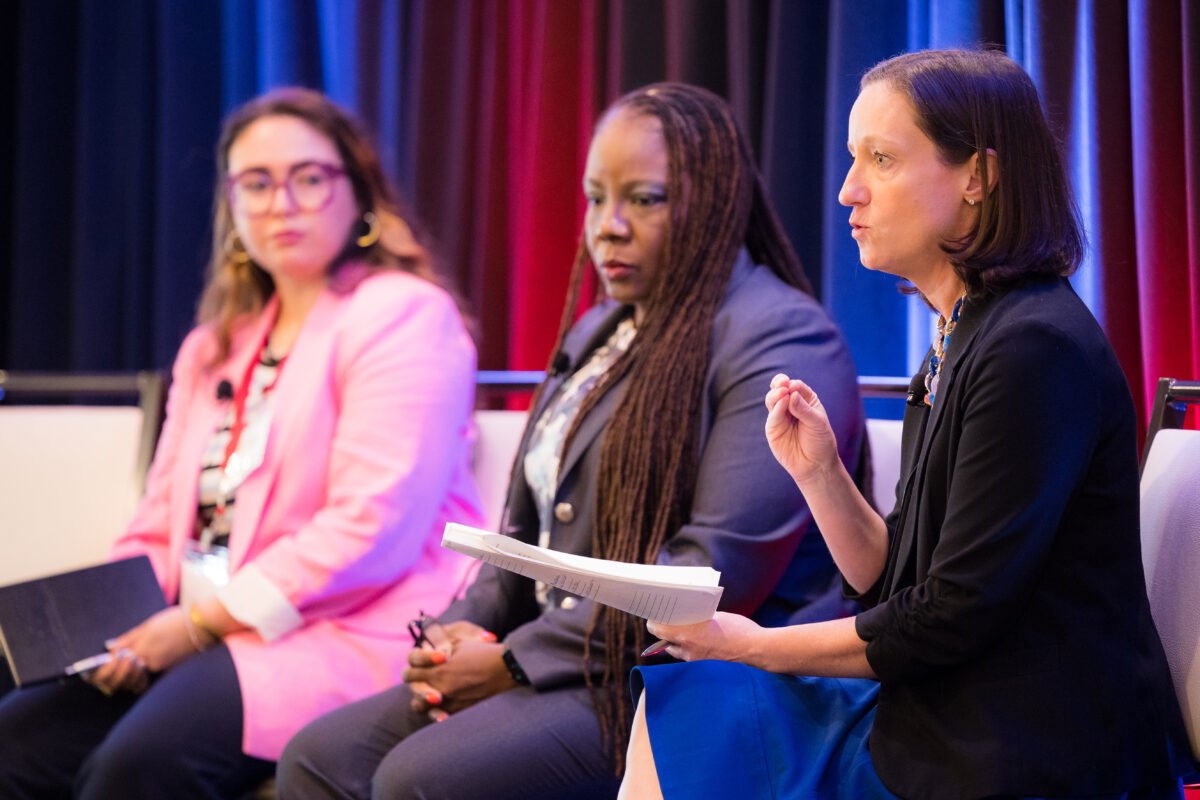Free College Programs in New Mexico and Arizona Can Help More Students Receive an Economic Return from Higher Education
Published Jan 09, 2024
While scope and design vary across states, one thing has become increasingly clear: free college programs are an important policy lever to increase affordability and expand the delivery of postsecondary value. Two programs in New Mexico and Arizona demonstrate promising approaches to using state resources to help students afford college and ultimately ensure they receive an economic return on their investment in higher education.
How Free College Programs Can Increase Postsecondary Value
The Postsecondary Value Commission’s earnings and wealth thresholds measure the economic value of higher education. The minimum economic return threshold—defined as Threshold 0—indicates whether students are better off financially after leaving school. Students meet Threshold 0 if they earn at least as much as a high school graduate, plus enough to recoup their investment within ten years.
Our 2023 report, Rising Above the Threshold, uses publicly available data to estimate the number of colleges whose typical students’ post-college earnings meet or exceed Threshold 0. Most institutions meet Threshold 0, but approximately 500 institutions, enrolling nearly 1.5 million students, do not. By modeling the impact of policy interventions around affordability, IHEP found that implementing free college programs can substantially increase the number of institutions that provide their students with a minimum economic return.
However, the details of free college programs vary widely and involve tradeoffs between how many students the program will serve, the financial support each student receives, and the program’s costs. Central to these tradeoffs is whether the program will provide first-dollar or last-dollar benefits. New Mexico’s Opportunity Scholarship is a first-dollar program, in which state grants are applied before other types of aid, like Pell Grants, which can be used to cover living costs and other non-tuition expenses. In contrast, Arizona’s Promise Program is a last-dollar program, which covers tuition costs that remain after accounting for most other sources of grant aid.
Though both first-dollar and last dollar programs help cover tuition, students’ other expenses including basic needs like housing, food, and transportation can often end up being more than the cost of tuition itself. These costs can make it more difficult for students to complete their programs and ultimately recoup their investment in college.
By waiting until federal financial aid has been applied, last-dollar programs reduce the upfront strain on state budgets, but do not typically provide students with financial support for non-tuition expenses. First-dollar programs, on the other hand, require larger investments from states but by freeing up federal aid to pay for non-tuition costs, further reduce the financial burden on students.
IHEP research shows that students from low-income families are more likely to benefit from first-dollar free college programs, suggesting these programs will have a substantially greater impact on postsecondary value than last-dollar programs. For example, our analysis showed that implementing first-dollar free college programs in every state would help 44 public colleges, serving roughly 216,000 students, meet Threshold 0. In contrast, a national expansion of last-dollar programs would only lead 3 additional public colleges, enrolling about 11,000 students, to meet Threshold 0.
New Mexico and Arizona Offer Different but Promising Examples of Free College Programs
New Mexico provides a strong example of an inclusive and comprehensive free college program and leverages a first-dollar approach. In comparison, Arizona uses an equity-centered, last-dollar model, making strategic use of available state resources to help students with the most financial need.
The New Mexico Opportunity Scholarship is open to all students regardless of whether they attend part-time, enroll immediately after high school, or start school later in their careers. Students may attend either a two-year or four-year New Mexican public institution. In 2022, 83% of the NM Opportunity Scholarship awardees were eligible for the federal Pell Grant, illustrating the potential for first-dollar programs to reduce expenses for students from low-income backgrounds.
The Arizona Promise Program is available exclusively to first-time, full-time, Pell-eligible students attending one of the state’s three public four-year institutions and enroll immediately after high school, and serves as an example of a well-targeted last-dollar program.
New Mexico and Arizona Free College Programs Comparison

Free College Programs Can Increase Students’ Return on Investment
Free college programs can play a pivotal role in reshaping access, affordability, and value in higher education. State policymakers should design first-dollar programs that are open to all residents, as New Mexico has done. In states where first-dollar free college programs are not yet fiscally or politically feasible, policymakers should intentionally target funds toward students from low-income backgrounds to increase the effect of each dollar invested and helping to ensure affordability for those who need it most. Further, the federal government should develop strategies to partner with states to implement free college programs that are fiscally sustainable, prioritize providing resources to low-income students, and use equitable eligibility criteria. Taking inspiration from these models and investing in affordability can ensure that all students can access high-quality, affordable higher education that leads to a meaningful career, economic returns, and a fulfilling life.
For more policy recommendations to increase affordability and equitable postsecondary value, read Rising Above the Threshold: How to Increase Equitable Postsecondary Value and The State of Free College: Tennessee Promise and New York’s Excelsior Scholarship.


